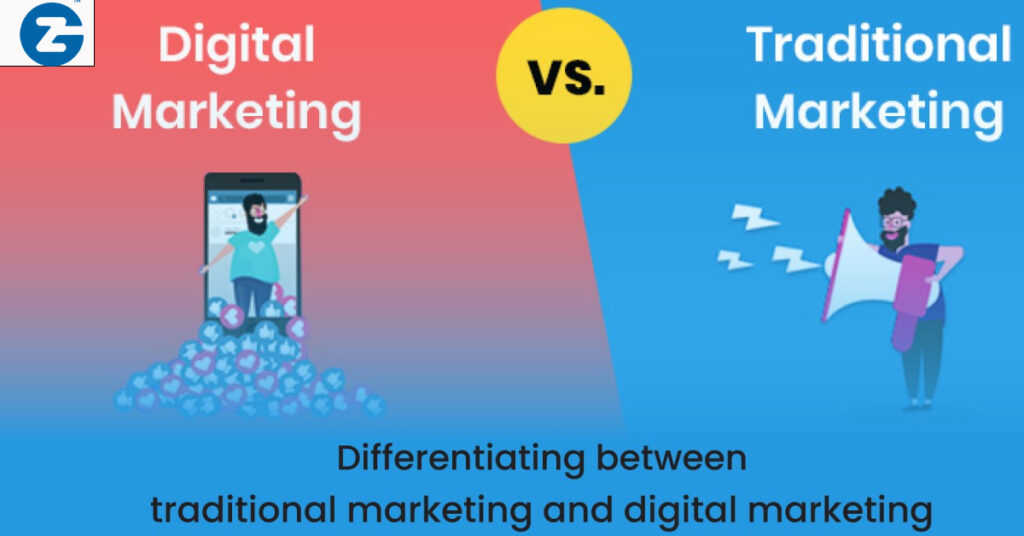
In the evolving marketing landscape, businesses increasingly turn to digital marketing to outperform traditional marketing. In the evolving marketing landscape, businesses are increasingly turning to digital marketing to outperform traditional marketing. The shift is driven by the measurable and impactful results digital marketing offers across key metrics. In this blog, we’ll explore how digital marketing outshines traditional marketing, delving into aspects like digital marketing ROI, effectiveness, and performance.
1. Digital Marketing ROI: A Game-Changer
One of the most significant advantages of digital marketing is its ability to deliver a higher return on investment (ROI) compared to traditional marketing. Businesses can track every dollar spent and measure its impact in real time. Tools like Google Analytics and Facebook Insights provide detailed reports on the performance of campaigns, allowing marketers to adjust strategies promptly for optimal results.
2. Enhanced Targeting and Personalization
In the evolving marketing landscape, businesses increasingly turn to digital marketing to outperform traditional marketing. Digital marketing excels in targeting specific audiences with precision. Platforms like Google Ads and social media networks offer advanced targeting options, including demographics, interests, and behaviors. This granularity ensures that marketing messages reach the right audience, increasing the likelihood of conversion. Personalization, driven by data analytics, enhances user experience and engagement, leading to higher conversion rates.
3. Measurable Effectiveness
The effectiveness of digital marketing is evident through its measurability. Unlike traditional marketing, where tracking the impact can be challenging, digital marketing provides concrete data. Key performance indicators (KPIs) such as click-through rates (CTR), conversion rates, and customer acquisition costs (CAC) are easily accessible. This transparency enables marketers to fine-tune their strategies in real time, ensuring optimal performance and resource allocation.
4. Cost-Effectiveness
Digital marketing often proves to be more cost-effective than traditional marketing. With options like pay-per-click (PPC) advertising, businesses only pay when a user takes a specific action, such as clicking on an ad. This contrasts with traditional advertising methods like TV or print ads, where costs are fixed regardless of performance. The ability to start with a small budget and scale up based on results makes digital marketing an attractive option for businesses of all sizes.
5. Broader Reach and Engagement
Digital marketing platforms provide access to a global audience. Social media, search engines, and email marketing enable businesses to reach potential customers across the world. Moreover, the interactive nature of digital marketing allows for higher engagement rates. Users can like, share, comment, and interact with content, fostering a sense of community and brand loyalty.
Conclusion
In conclusion, the evolving marketing landscape clearly shows that businesses are increasingly turning to digital marketing to outperform traditional marketing. The superior ROI, precise targeting, measurable effectiveness, cost-efficiency, and broader reach make digital marketing a powerful tool in today’s competitive environment. By leveraging the advantages of digital marketing, businesses can achieve significant growth and sustained success.